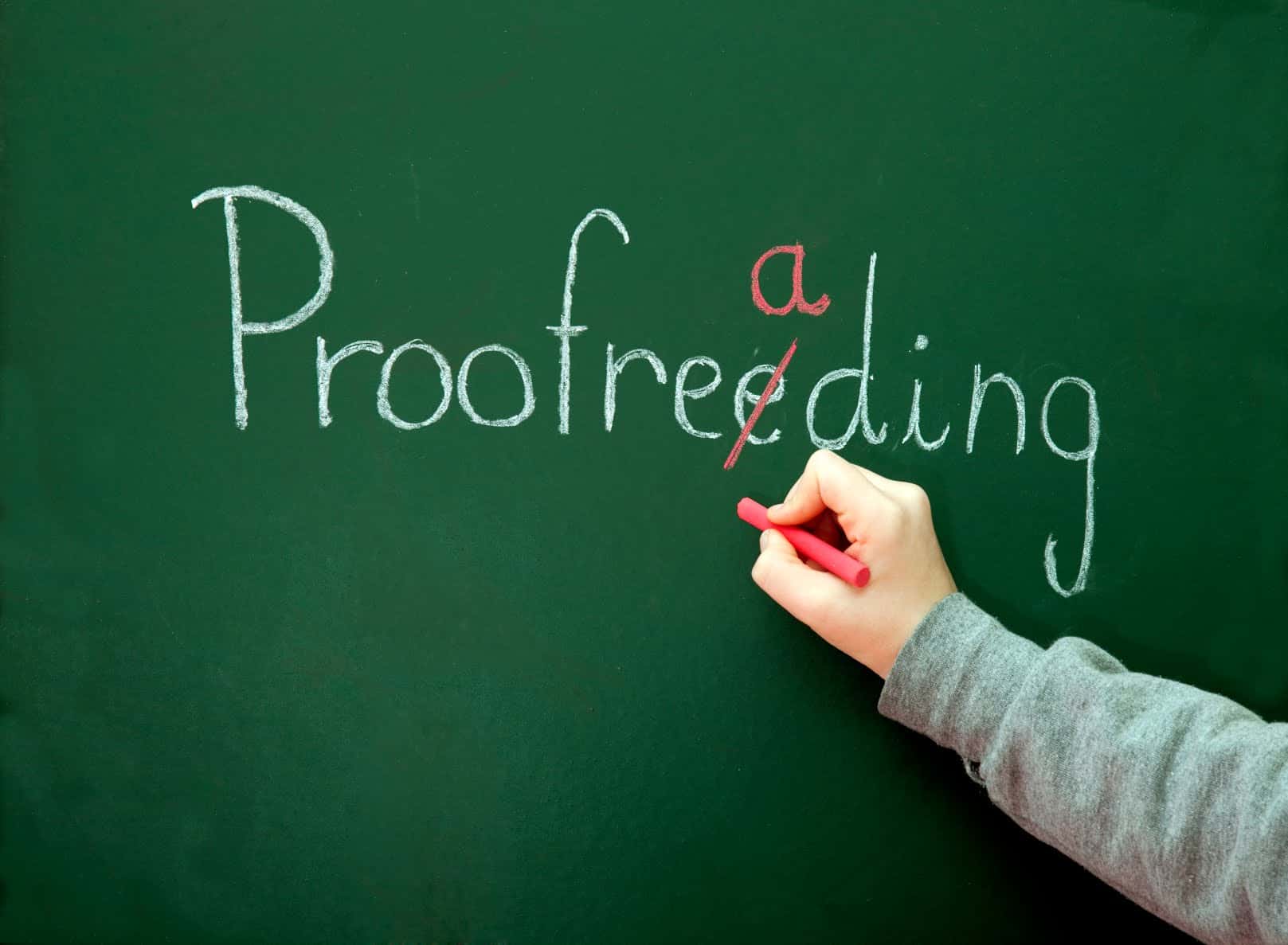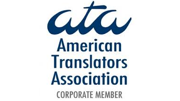At Rosetta Translation, we value proofreading. We handle myriad of documents on a daily basis for varying purposes, audiences and publications. Often, a translation only service will be sufficient for our customers’ needs, particularly if the document in question is for information purposes only and won’t be published anywhere noteworthy. Translation only means that although the translated text is complete and accurate it might not be quite as polished as a fully edited text.Now that I’ve mentioned the word edit I wanted to delve a little into what editing and proofreading mean. Some people use the words interchangeably but, in my opinion, they are not the same thing. Editing, particularly in a translation context, means that the translation has been first translated by one person, and is then edited (still using the source text as reference) by a different individual. Whilst all translators will edit and check their work before submitting it, a fresh pair of eyes in the form of an editor should help perfect the text to an even higher standard. Editors are likely to move parts around, rewrite sections and overall improve the quality of the translation.
Now that I’ve mentioned the word edit I wanted to delve a little into what editing and proofreading mean. Some people use the words interchangeably but, in my opinion, they are not the same thing. Editing, particularly in a translation context, means that the translation has been first translated by one person, and is then edited (still using the source text as reference) by a different individual. Whilst all translators will edit and check their work before submitting it, a fresh pair of eyes in the form of an editor should help perfect the text to an even higher standard. Editors are likely to move parts around, rewrite sections and overall improve the quality of the translation.
Editors should be able to work on a translated text to improve how the information is presented, the flow of the text and ultimately ensure that the final text is target audience appropriate. They should focus on making the text more cohesive and coherent as well as working on tweaking the tone and style. It may be the case that the editor queries details, vocabulary or translation choices; they will take a deeper dive into the text than a proofreader would.
So what is proofreading? This is the final stage of checking a text before it is published or deemed ready to be delivered to our clients. Every translation project we manage is carefully proofread to ensure that all ‘superficial’ errors such as typos, punctuation or formatting errors are corrected. A proofreader, therefore, will not work on improving the flow or quality of a translation, but will ensure that the text is error free. They’ll correct punctuation, grammatical, syntactical and formatting errors and will ensure spelling is consistent with the region it is intended for (e.g. US vs. British English). They will have an eye for detail ensuring they can pick up on even the smallest of errors.
Why should we value proofreading then? Here are my top 3 reasons:
- Your customers can trust in your business: when I read any communication from a business (website, leaflet, poster etc.) and I see errors in grammar, spelling or punctuation I question their trustworthiness. Is this a company you can rely on if they haven’t spent a little time and effort checking their messaging? When a customer is assessing which company they want to do business with they’ll choose the one who shows they care about proofreading their communications.
- Saves embarrassment: you don’t want people reading the texts you have put out for the world to see to be commenting on the errors they have found. If you have shown a lackadaisical attitude in proofreading texts what does this say about you and your business? Your communications should stand out for the right reasons and not because you’ve got an obvious typo or punctuation error (see here for some examples of apostrophe misuse!). If differentiating between ‘your’ and ‘you’re’ is not your strong point, hire a professional.
- It could cost you more in the long run: If you publish leaflets, for example, that haven’t been proofread, and they are found to contain errors you’ll have to pay to reprint. On a more serious angle, if you have a translated text for a patient information leaflet or instruction manual that hasn’t been proofread the legal and financial consequences could be massive.
In summary, whether you are publishing a translated or source text for the world to see it pays to have the document proofread. An error-free, clear and professional looking text will instill confidence in you and your business. Depending on the use of the text you are translating editing of a text may or may not be required. Talk to your dedicated project manager at Rosetta Translation to talk through your options.
About the Author
Alison Tunley
Alison is a seasoned freelance translator with over 15 years of experience, specialising in translating from German to English. Originally from Wales, she has been a Londoner for some time, and she holds a PhD in Phonetics and an MPhil in Linguistics from the University of Cambridge, where she also completed her First Class BA degree in German and Spanish… Read Full Bio










